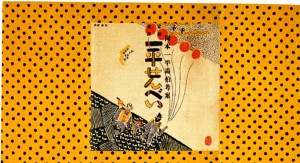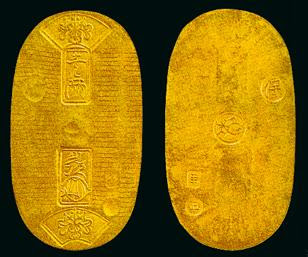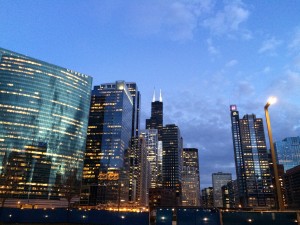Friday, January 29, 4:30-6:30pm, CWAC 153
Defining Manga Anew in 1928: Ippei, a Book, and History
Miriam Wattles
Associate Professor, History of Art and Architecture, UCSB

It wasn’t until the explosion of mass media in the 1920s that the word “manga” began to be used for comics and cartoons in Japan. Reformulations of the past were integral to the redefinition of the word. Okamoto Ippei (1886-1948), hugely popular with the public and head of a newly formed manga circle, wove a new historical sensibility into his prescriptions for the future of manga in his book Shin manga no kakikata (How To Make New Manga, 1928). The larger genus he employed was “minshûga,” or “pictures of the people.” In proposing this term at this particular historical moment, Ippei was responding to deep underlying tensions between elite and popular culture, individualism and collectivism, and nationalism and cosmopolitanism. This talk counters present amnesia around Ippei and his definition of manga and gives a surprising history of public ownership of one particular copy of Shin manga no kakikata.
Friday, January 29, 4:30-6:30pm, CWAC 153
Persons with concerns regarding accessibility please contact xizh@uchicago.edu

